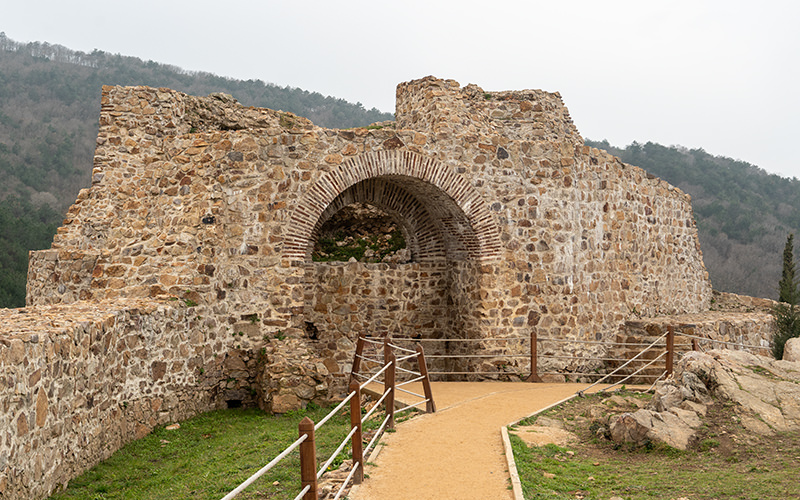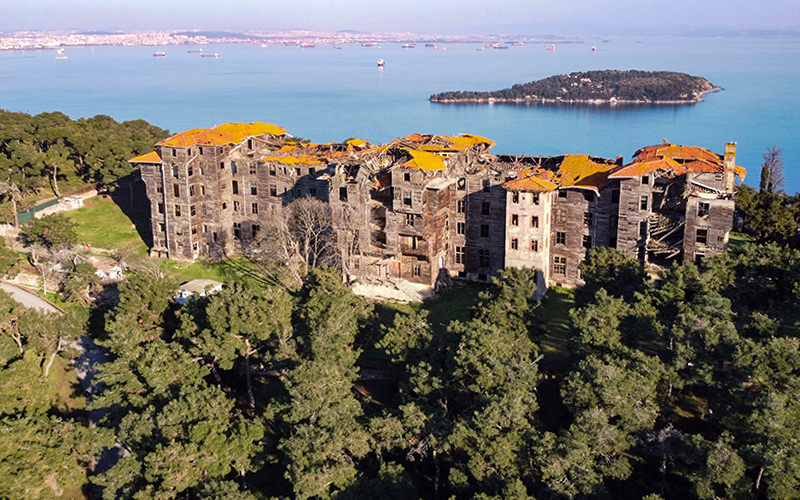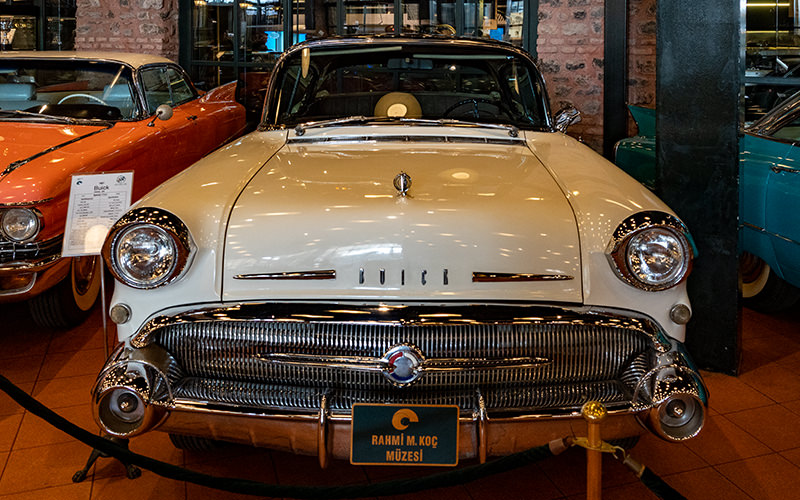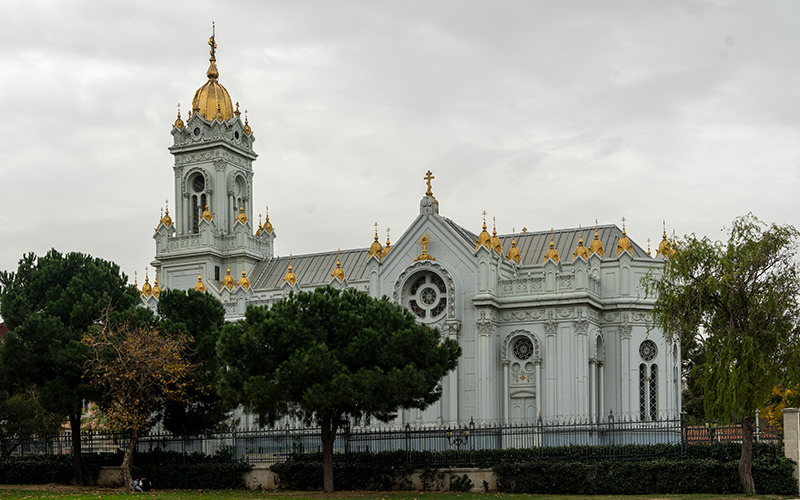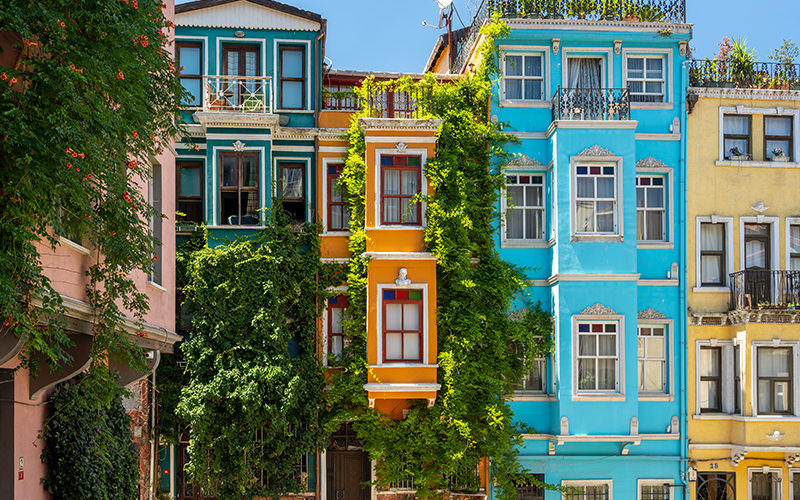For the past two Mondays, I’ve been posting articles on my channel about remarkable architectural landmarks in the beautiful city of Istanbul. This week is no exception, as today I’ll tell you about the Aynalıkavak Pavilion, located on the northern shore of the Golden Horn.

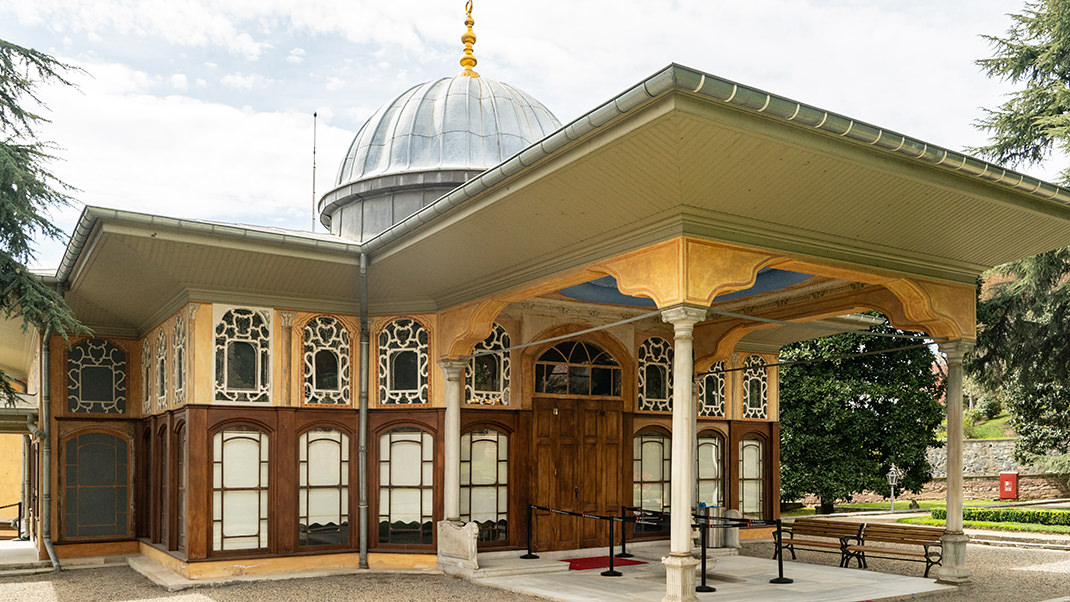

Aynalıkavak: A History of the Site
In the distant past, the site of the pavilion and its garden was covered by a forest. It is known that Byzantine emperors enjoyed walking here. Likely, the elevated position offered a good view of the historic part of the city.
During the Ottoman era, a palace complex was built here. This occurred during the reign of Sultan Ahmed I, who ruled between 1603 and 1617. The palace was constructed of wood and was called the Dockyard Palace, as it was near a shipbuilding area.

Over time, the residence grew in size, with new buildings being added, making it the fourth-largest palace in Istanbul. However, the shipyard also expanded, eventually occupying the space of the former palace buildings. In 1802–1803, the remaining structures of the Sultan's complex were demolished, leaving Aynalıkavak Pavilion as the only surviving building of the historic ensemble.
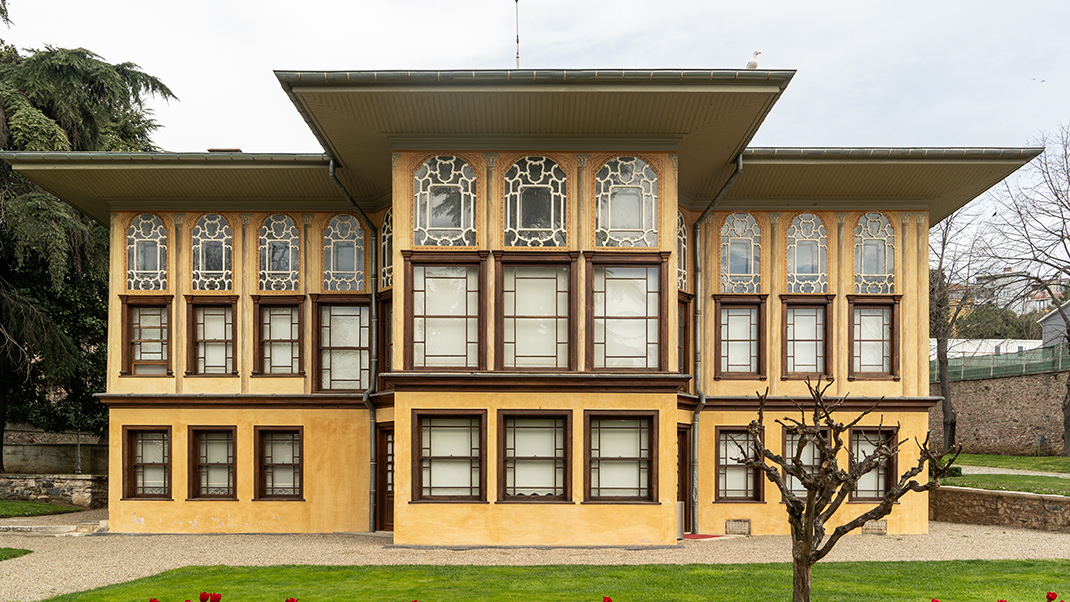

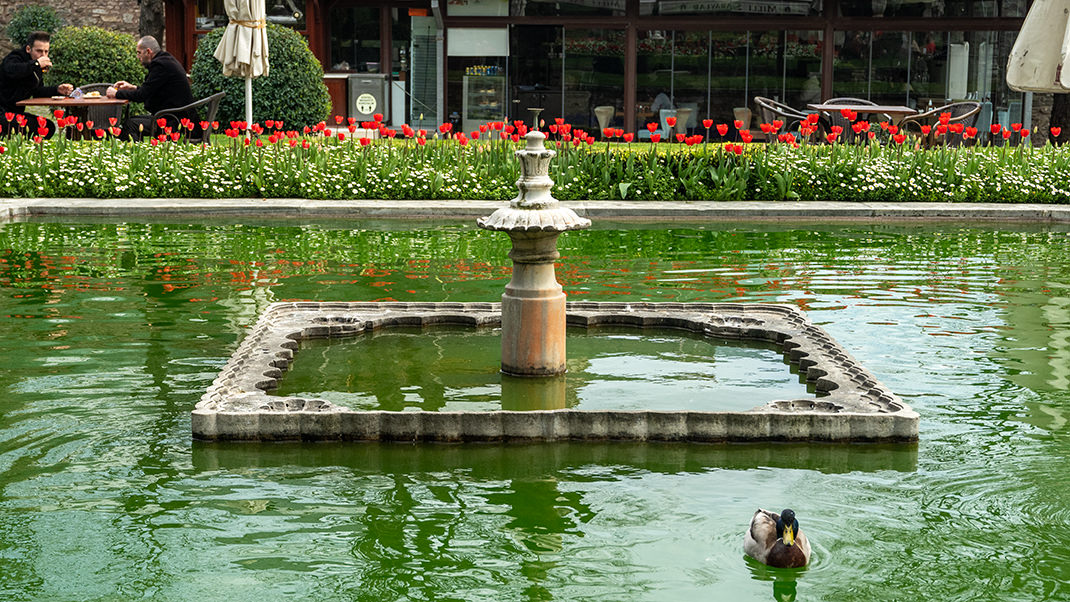
The name Aynalıkavak translates to "Pavilion of the Mirrored Poplars." The origin of this unusual name remains unknown. Some believe it may be connected to the very tall Venetian mirrors in the pavilion, which perhaps reminded visitors of the towering trees.
My walk around the site didn’t take much time. Visitors can stroll through the vibrant garden and explore the interior of the pavilion. Unfortunately, photography is not allowed inside. The building consists of three halls connected by audience rooms. Inside, there is a small exhibit of musical instruments.
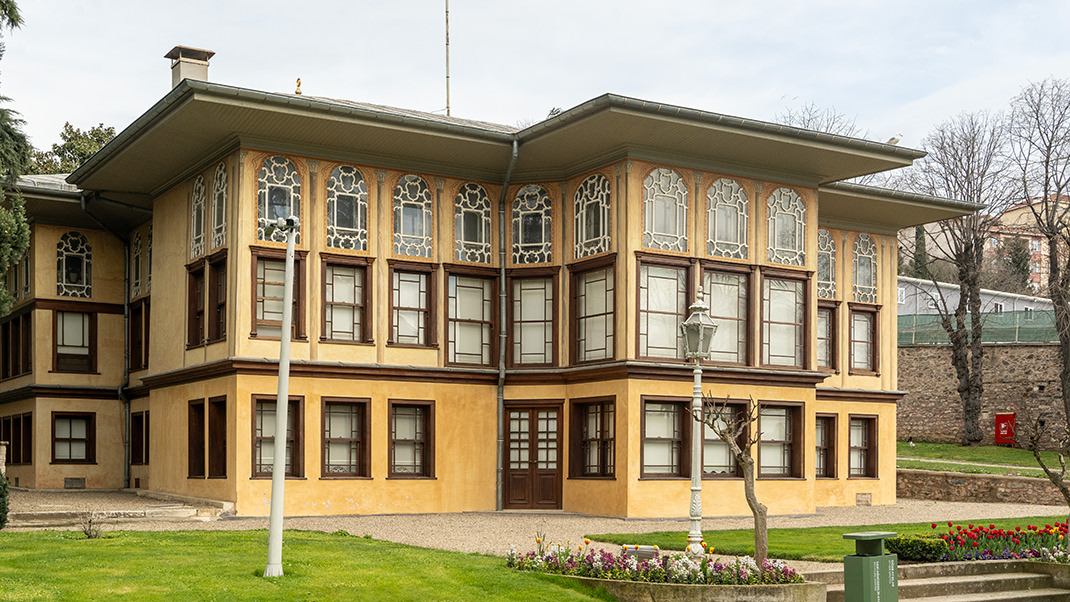
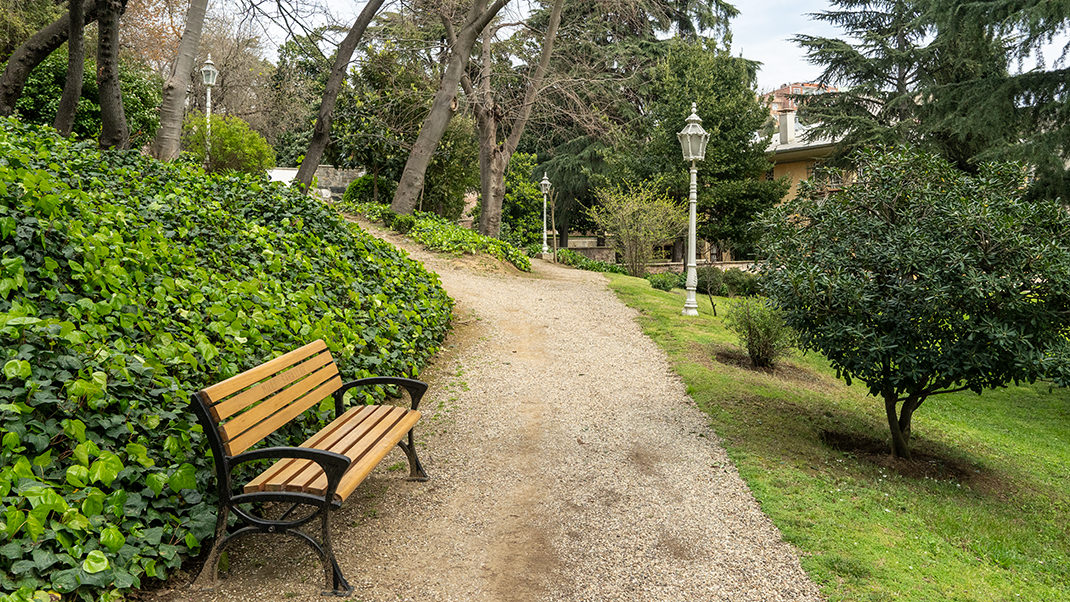
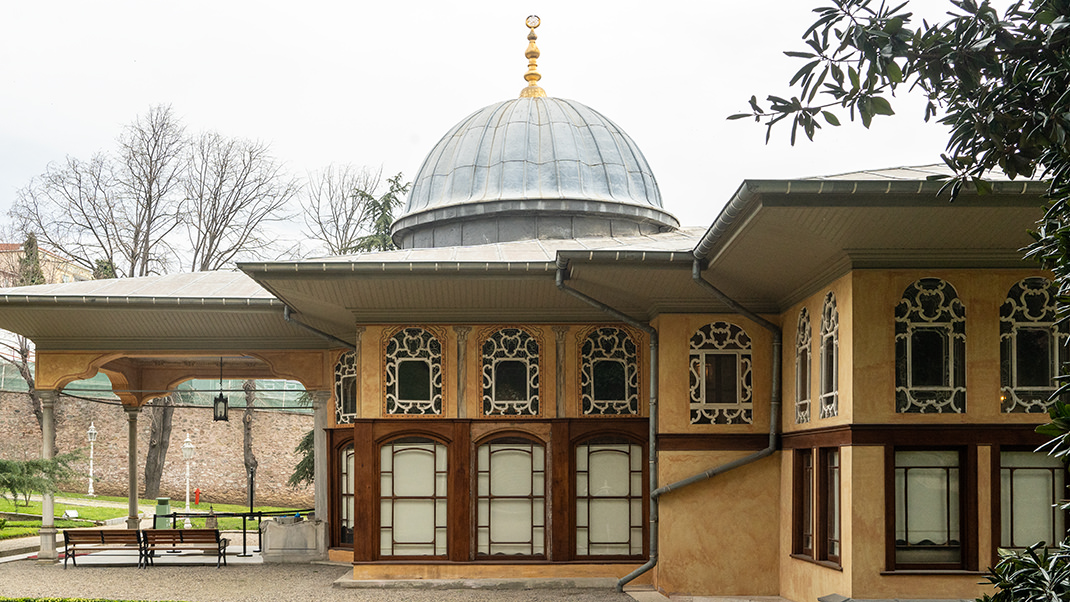
How to Get to Aynalıkavak
On the day of my visit to the pavilion (which, by the way, is still occasionally referred to as a palace), I decided to explore the neighborhood on foot. I exited at Şişhane metro station and walked to the complex, a journey that took about 30 minutes.
You can save time by taking a taxi or a bus—the stop is quite close to the entrance. Planning a public transportation route in Istanbul is convenient with the Moovit app.
As of December 2024, the entrance fee to Aynalıkavak for foreign visitors is 160 Turkish lira, while a ticket to the garden alone costs eight times less.

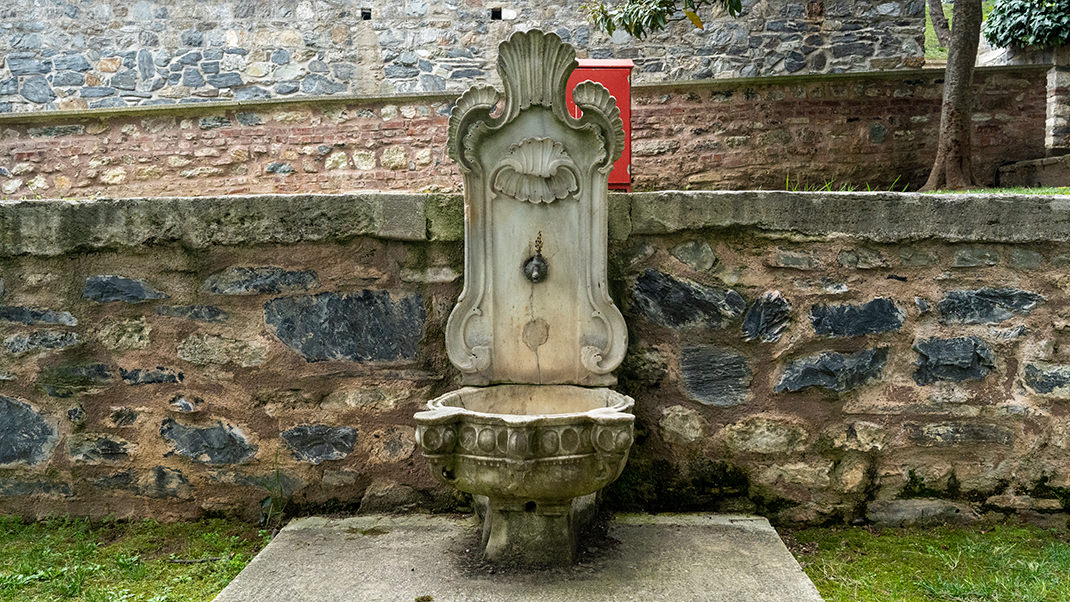
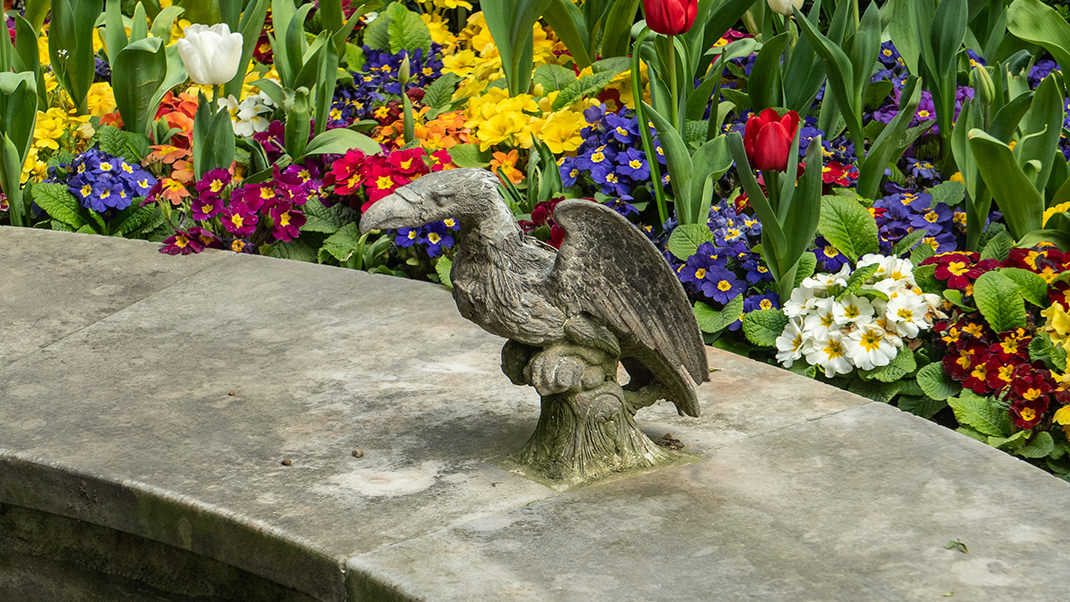
The district where the pavilion is located isn’t particularly touristy, but not far from here is the fascinating Rahmi Koç Museum. I’d recommend it to anyone looking to diversify their visits to mosques and palaces with an exploration of the world of technology and machinery.
Have a nice trip!


